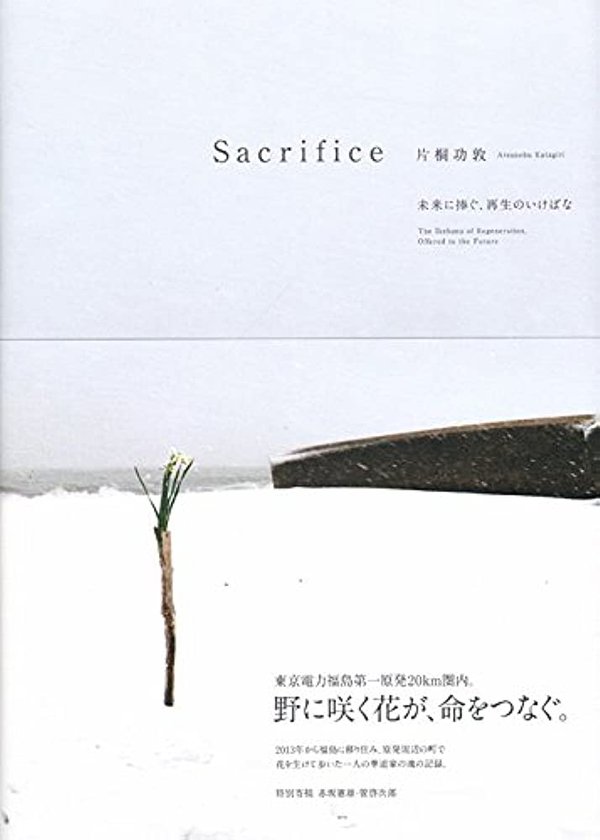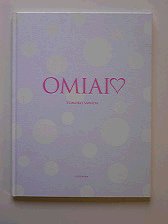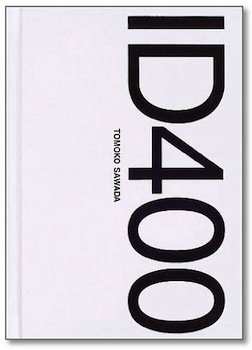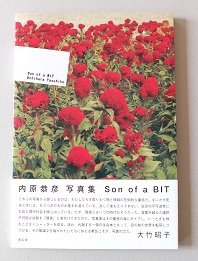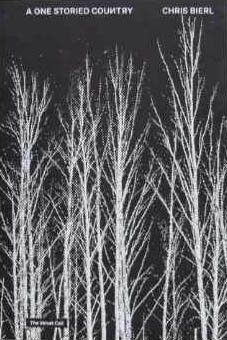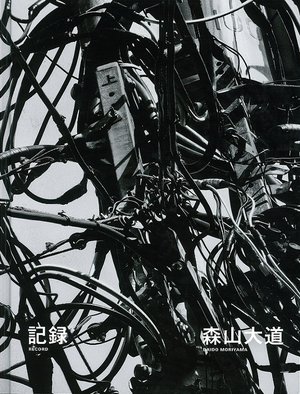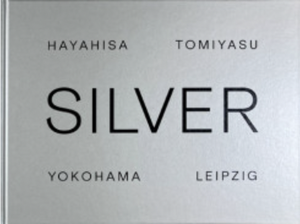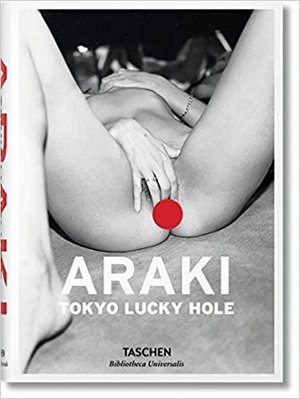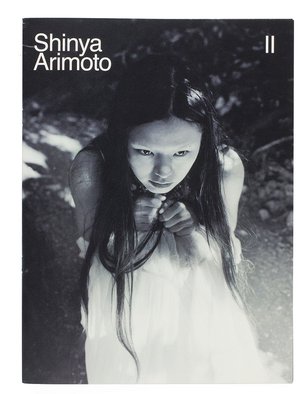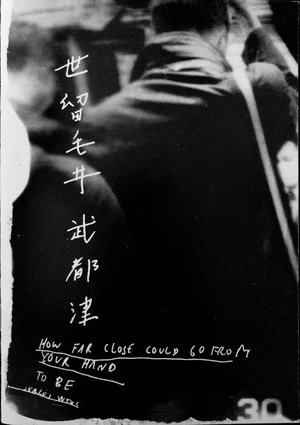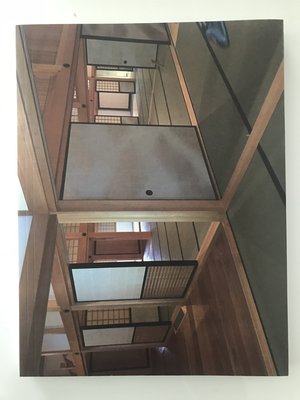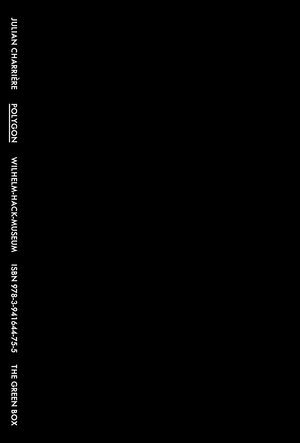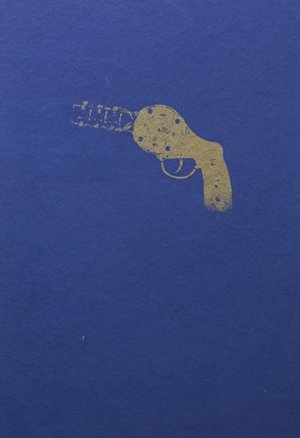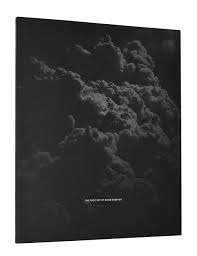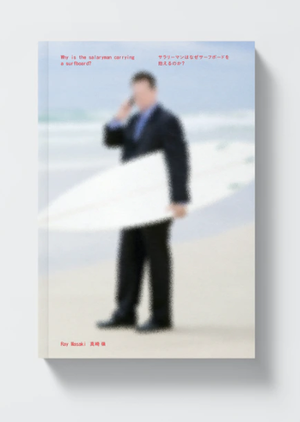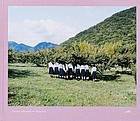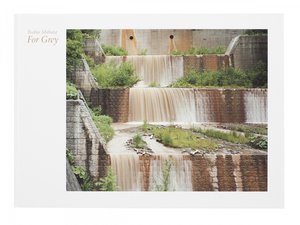Publisher Note
To the uninitiated eye, ikebana might look like a simple floral arrangement.
In the western world, it might be seen as a passion for bouquets of flowers. However, this discipline goes far beyond the aesthetic dimension, because this art of Chinese origin, which emerged in Japan in around 600 and was initially practised by monks, is also a highly codified philosophical tradition.
Between December 2013 and August 2014, artist Katagiri Atsunobu used a residence in Minamisoma—a small town in Fukushima Prefecture in northern Japan that was struck by the 2011 earthquake and nuclear disaster—to undertake the project The Ikebana of Regeneration.
After the region was devastated in 2011, the residents were only allowed to return from 2016 onwards, and discovered a desolate landscape. Although life was yet to resume in the vicinity, the artist tells Pen that he ‘was informed about the regeneration of nature in the area by one of the curators at the Fukushima prefectural museum.’ This search for signs of life in an environment marked by death ‘started out as frequent visits to Minamisoma to create ikebana with the local flowers’, the artist continues, whose work was supported by the Hama-dori, Naka-dori & the Aizu Tri-Regional Culture Collaboration Project. Struck by the devastated landscape and destroyed homes, the artist was also touched by the resurgence of nature, with flowers growing in spite of the situation, amongst the chaos. He started to gather these signs of regeneration of nature and immortalised these arrangements.
The photographs show life, what remains of it, connected with traces of violence, suffering, and death. The flowers are presented among the debris, on carcasses of vehicles, or skulls of animals killed during the disaster.
| Publisher | |
|---|---|
| Release Place | Tokyo, Japan |
| Edition | 1st edition |
| Release Date | 2015 |
| Credits |
Artist:
|
| Identifiers |
ISBN-13:
978-4861525223
|
| Work | |
|---|---|
| Topics | Fukushima, Ikebana, Japan, Nuclear, Nuclear Disaster |
| Language | English, Japanese |
| Object | |
|---|---|
| Format | Softcover |
| Dimensions | 21.0 × 30.0 cm |
| Interior | |
|---|---|
| Pages | 112 |
